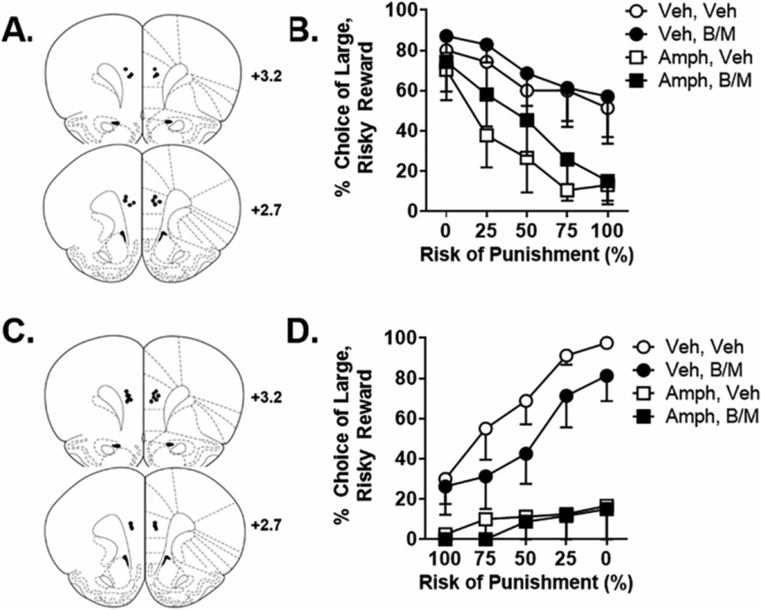Figure 3. Experiment 3: Effects of mPFC inactivation on systemic amphetamine-induced risk aversion.

A. Cannula placements in the mPFC in Experiment 3.1. Black circles denote locations of the tips of the injectors used for microinjections. B. In the RDT with ascending punishment probabilities, mPFC inactivation caused a significant increase in choice of the large, risky reward and systemic amphetamine caused a significant decrease in choice of the large, risky reward, but mPFC inactivation did not alter the effects of amphetamine. C. Cannula placements in the mPFC in Experiment 3.2. D. In the RDT with descending punishment probabilities, systemic amphetamine caused a significant decrease in choice of the large, risky reward, but mPFC inactivation did not alter the effects of amphetamine. Data are represented as the mean ± SEM (within subjects) percent choice of the large, risky reward.
